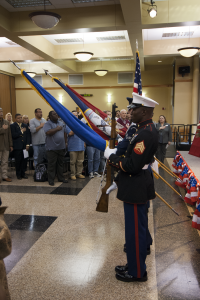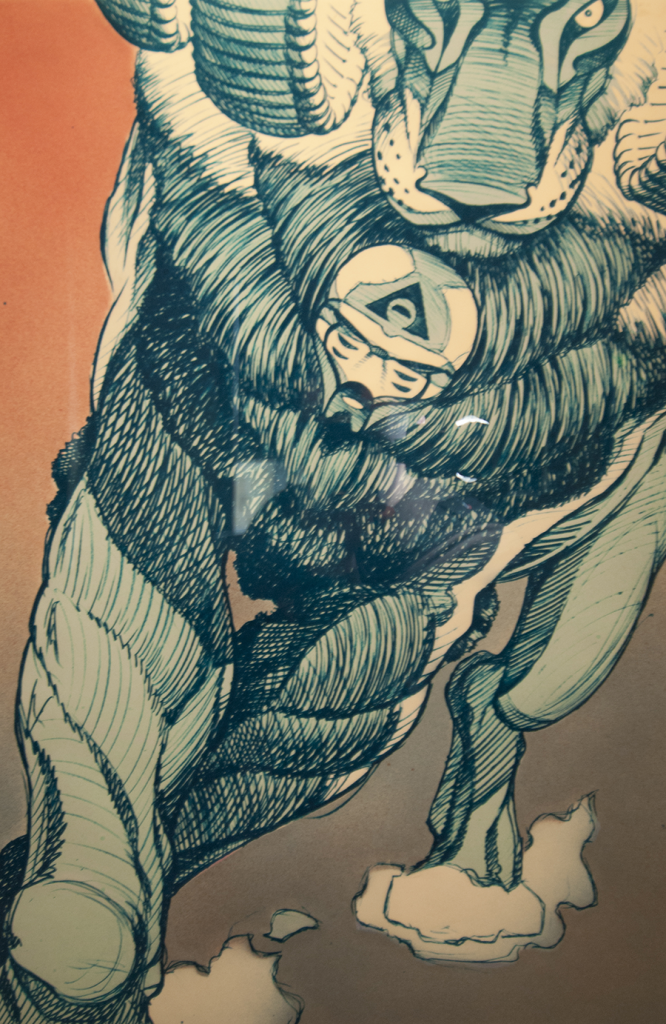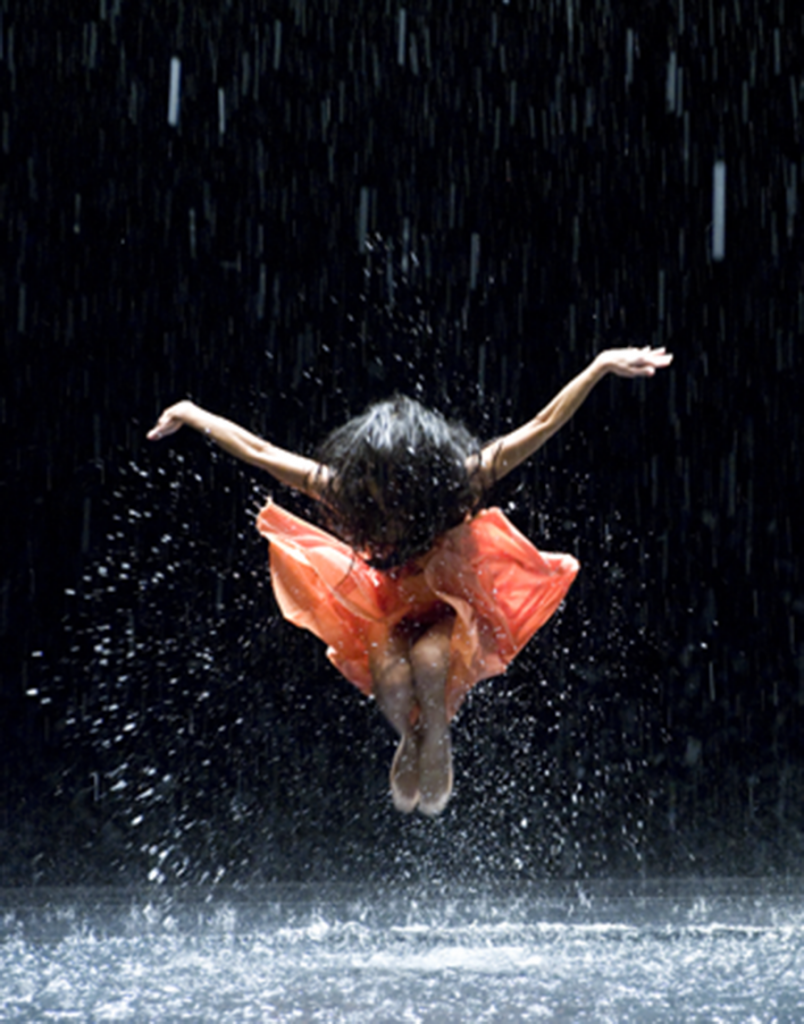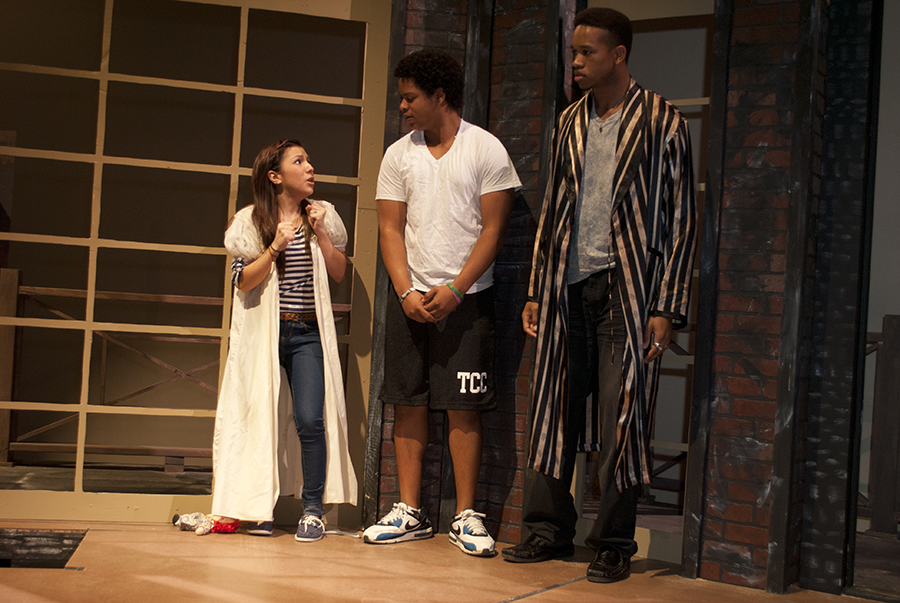By Karen Gavis/se news editor

Photos by David Reid/The Collegian
The unveiling of the Veterans Wall of Honor Feb. 2 brought recognition to veterans on SE Campus and attracted about 120 people to say thank you.
SE vice president for academic affairs Barbara Coan joined her son Christopher, who served on the USS Nimitz from 2000 to 2004 and inspired the wall, as did Coan’s 93-year-old mother.
The honor guard from Dyess Air Force Base near Abilene presented the flags, and music instructor Karen Earnest sang the national anthem.
“What an incredible way to recognize the service of the students of Tarrant County College,” said keynote speaker and State Sen. Wendy Davis. “It is the tiniest little way we can say thank you.”
Veterans are returning home in record numbers with few resources and opportunities available to them, Davis said.
“Only one in five veterans are finding work right now,” she said.
Therefore, Davis said, it is important to give as much to higher education as possible so everyone has the same opportunities as she had.
Chancellor Erma Johnson Hadley said she was pleased to see both employees and students honored on the wall.
“You are very, very important to us,” she said.
Hadley, Davis, SE president William Coppola and board of trustees president Bill Greenhill unveiled four panels of the Wall of Honor that held portraits and biographies of SE veterans.
Among those is SE student Komsan Sujaritpakdee, who was in the Army 2004-2011. During his first three years, he served as a machine gunner in Afghanistan. After that, he went to Iraq.
Although diagnosed with post-traumatic stress disorder, Sujaritpakdee said it doesn’t seem to affect him.
“I do tend to be more abrasive and aggressive under certain circumstances,” he said.
Sujaritpakdee said he will sometimes get angry when people are not as competent as he wants, and he will step forward in a situation where no one takes control. He is the type of person who looks for something that needs doing and does it.
Sujaritpakdee said he does not plan to re-enlist because once the fighting stopped, he lost his purpose as a soldier.
“Instead of fighting, we had to make things look pretty,” he said. “As a war fighter, we don’t care how things look.”
But if there is ever an immediate need for the military, the former sergeant said he wouldn’t wait for paperwork.
“I would just go,” he said.
Twenty-five-year old SE student and former Staff Sgt. Steven Christner spent eight years in the Army. He served in Iraq but does not plan to be part of the wall.
“I don’t like a bunch of people looking at me,” he said.
For Christner, returning to school has sometimes been challenging.
“It’s not been easy dealing with people,” he said. “Sitting in class with a bunch of 18-year-olds is a lot different.”
As a staff sergeant, Christner was accustomed to dealing with mature people, he said.
Robert Phanelson has served as a SE counselor for 16 years, and he tries to help SE veterans with challenges.
“They are in peril,” he said. “We see this kind of thing in movies with special effects. They live it.”
Phanelson said while civilians are marrying and living life, soldiers are serving their country without question, and some serve multiple tours.
“Then they come home,” he said. “Worse yet, they do not know how they are going to be perceived by the people they have been protecting.”
Not only are veterans adjusting from the effects of war, but they are also adjusting to college life, Phanelson said. They are expected to compete with individuals who have been stateside while they were away.
Some of their skills may not easily transfer, he said.
Phanelson said he likes listening to the veterans because he wants to know how to best serve them. It is something he considers an honor.
“If we can hear them, then we can better plan and prepare,” he said.
Sujaritpakdee thinks it would help if TCC’s veteran policies and procedures could somehow be more visible and clear. Some may miss payments because they were unaware certain steps needed to be completed, he said.
Veterans get transcript submission, benefits certification, WebAdvisor assistance, degree planning and transfer advice in one area, Phanelson said.
“We try to make it as convenient as possible for America’s true heroes,” he said.
Last fall, more than 400 students on SE were registered for veterans educational benefits, but that number is not all-inclusive and does not include faculty and staff, said SE registrar Juan Torres.
Phanelson said that number should double next fall as more troops return.
History assistant professor Lee Cowan is preparing to record veteran stories for the Veterans History Project, a joint effort between the Veterans Administration and the American Red Cross. The records will be available for future researchers and stored digitally online.
“It is important that future generations have the opportunity to view videos of what the veterans experienced during their service,” he said. “Another reason is to offer a way to tell their story.”
Cowan, a former Marine, said he witnessed many veterans who had served during the Vietnam conflict return to the U.S. unwelcomed by anti-war protesters. Some were spat on or called names.
”I am glad we can honor the veterans now who served our country,” he said.





























